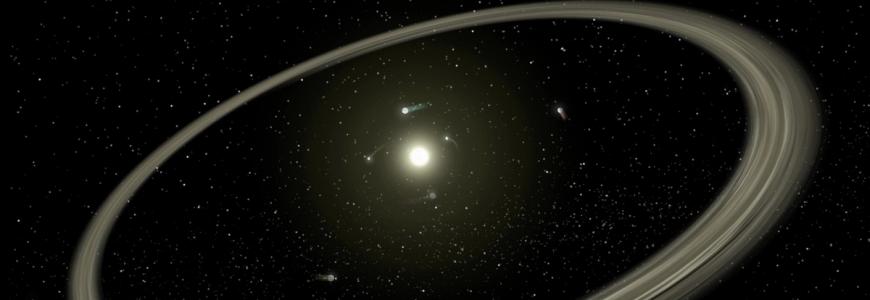The Formation of Stars and Planets
Contemporary Science Issues and Innovations
September 15, 2015, Belmont Media Center, Belmont MA
Scott J. Kenyon, Ph.D., Senior Astrophysicist, Harvard-Smithsonian Center for Astrophysics
Scott Kenyon's research covers several of the key interests in contemporary astrophysics: the formation of stars and planetary systems; hyper-velocity and runaway stars in the Milky Way; and the characteristics of binary star systems. He is a major authority on the development of proto-planetary disks around young stars.
In this discussion, Dr. Kenyon explains the formation of stars and planets and also the significance of the New Horizons flyby mission to Pluto. The New Horizons Pluto mission, as he indicates in the article below ("In Focus: New Horizons...."), will provide important information about the "fossil record" of our own solar system as the data are processed over the next year or so.
Dr. Kenyon is a Fellow of the American Physical Society and the American Association for the Advancement of Science, and a recipient of the Copernicus Medal for his distinguished research.
A recent article for the general public by Dr. Kenyon on the significance of the Pluto mission: In focus: New Horizons' crisp images shed new light on the origins of Pluto and its moons
Dr. Kenyon's interview July 14 interview in the Harvard Gazette: Pluto in Detail
articles for general public by Scott Kenyon
Scott Kenyon's textbook, The Symbiotic Stars is a standard for astrophysics/astronomy courses.

